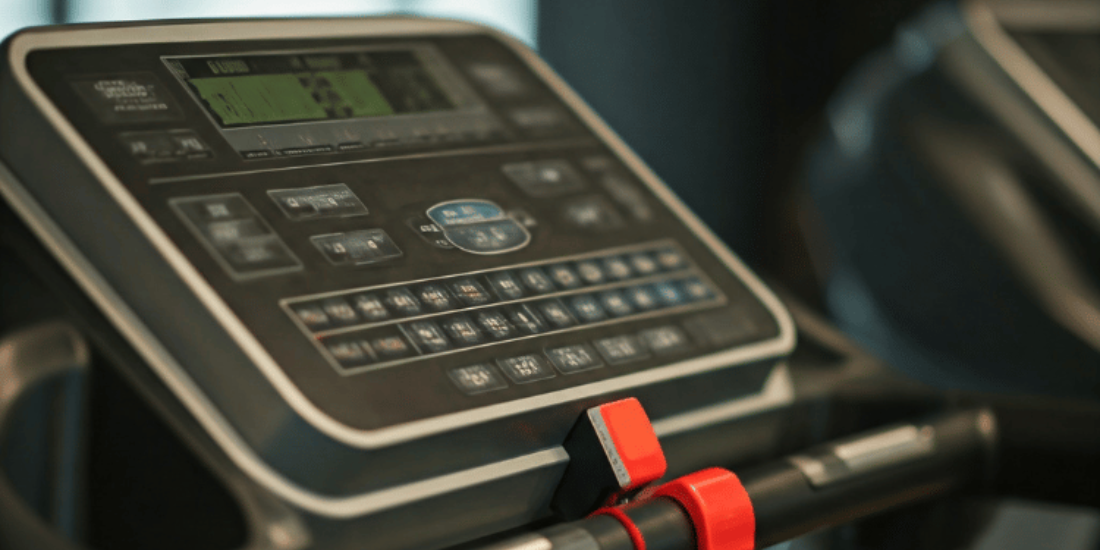
How to Calibrate Your Treadmill
Properly performing a treadmill calibrate is key to ensuring it operates smoothly and provides accurate tracking of your workout progress. In this guide, you’ll learn why calibration matters, the tools you’ll need, and the steps to treadmill calibrate effectively. Regular calibration not only boosts your fitness experience but also extends your treadmill’s lifespan. Let’s get started!
Why Treadmill Calibrate
Ensure Accurate Speed Readings
Treadmills can display inaccurate speeds due to calibration errors. For instance, the console might show 12 km/h, but the actual speed could differ. Accurate speed readings help ensure your workouts are effective and aligned with your fitness goals.
Improve Workout Effectiveness
Performing a treadmill calibrate ensures the effort you put in matches the results you’re aiming for. For example, running at an incorrect speed can lead to ineffective training and hinder progress toward your fitness objectives.
Prevent Premature Wear and Tear
Excess strain on your treadmill’s motor due to improper calibration can cause unnecessary wear, reducing its lifespan. Regular calibration minimizes this risk and keeps your machine running smoothly.

Tools You Need for Treadmill Calibrate
- Spirit Level: Ensures your treadmill is on a flat surface.
- Tape Measure: Measures belt distance.
- Stopwatch: Times belt revolutions to verify speed accuracy.
- Sticky Labels: Marks points on the belt for measurement.
- User Manual: Provides brand-specific instructions.
Optional tools: High-speed camera or apps for advanced calibration.
Steps to Treadmill Calibrate
1. Prepare Your Treadmill
- Ensure the treadmill is on a level, stable surface.
- Unplug the machine for safety.
- Use a spirit level to confirm it’s even.
2. Calibrate Treadmill Speed
- Mark the belt with sticky labels at equal distances.
- Turn the belt manually to measure how far it travels.
- Use a stopwatch to time belt revolutions over a known distance.
- Calculate the speed using the formula: – Speed (m/s) = (Belt Length x Revolutions) / Time
- Adjust the settings to reflect accurate speed readings.
3. Adjust Incline Settings
- Lower the incline to its minimum setting.
- Gradually increase the incline while observing transitions for smoothness.
- Follow the user manual to recalibrate the incline motor if necessary.
4. Verify Calibration Results
- Power on the treadmill and test the speed and incline settings.
- Ensure the belt moves smoothly and matches your calculations.
- Repeat measurements if discrepancies are found.
Troubleshooting Common Calibration Issues
Common Problems
- Speed Discrepancies: Console shows a different speed than the actual belt speed.
- Post-Movement Issues: Calibration errors caused by moving the treadmill.
- Incline Errors: Sudden or jerky incline transitions.
Solutions
- Re-measure and adjust settings to compensate for discrepancies.
- Consult the user manual for brand-specific instructions.
- If problems persist, contact the manufacturer or a professional technician.
Safety Precautions During Calibration
- Always unplug the treadmill before starting.
- Wear proper footwear and ensure the area is hazard-free.
- Avoid standing on the belt while it’s moving.
- Follow the user manual’s safety guidelines.
Conclusion
Regularly performing a treadmill calibrate ensures your treadmill operates accurately and efficiently, providing reliable workout data and extending the machine’s lifespan. With just a few simple steps and tools, you can maintain peak performance and get the most out of your fitness equipment.
